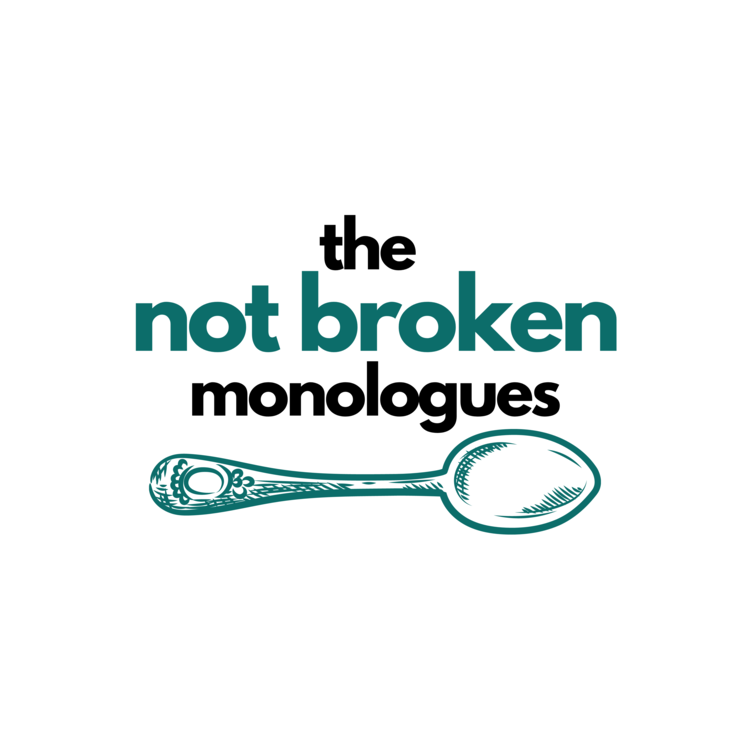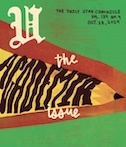Fringe Fest: ‘Not Broken Monologues’ Explores the Complexities of Disability
August 9, 2021
“The Not Broken Monologues” explores seen and unseen disabilities, giving voice to the ways that joy, grief, heartache and transformation connect to the social narratives of “disability” and “broken.” Through hundreds of hours of research, interviews and writing, the film centers on voices of those “not broken,” their journeys and the ways that disabilities and illness can affect every aspect of life.
The world premiere virtual screenings, as part of the Great Salt Lake Fringe Festival 2021, offered accessibility and accommodation like closed captioning and ASL interpretation.
More Than Just a Single Story
Playwright and director Ash Goodwin masterfully created this film through a lens of inclusivity and lived experience, weaving her own relationship with her disabilities with other disabled and chronically ill voices to create a vivid tapestry of unique journeys and reflections. Through single frame monolog-driven interviews, by actors who are also disabled or ill, the piece explores the complexities of different narratives while presenting the singular theme that those who are disabled are not broken.
In the time of Zoom calls and virtual conversations, the stark backgrounds and single faces on screen felt familiar and the closed captioning and sign language interpreter felt poignant and inclusive. As each voice spoke, telling their stories, sharing their fears and detailing their experiences, I felt compelled to listen closer and understand more than I ever had before. It’s easy to live in a state of complacent privilege, never having to even think about disability, wonder if you are “disabled enough” or be pushed “out of everyone’s way.” The actors expertly brought life to each story they told through only their vocal nuances and body language.
There were no fancy sets or ambient melodies. There were no camera tricks or special effects. Each actor spoke and let their words fill every corner and pixel of the screen. Each story begged, without decoration or celebration, to be heard and to be seen as more than “inspiration” but as a life lived. Goodwin’s vision and direction made sure that the request was given space.
“How Many Spoons do we Need to Spend?”
In a stellar move by Goodwin’s team, spoons appear throughout the interviews, held in the hands of each speaker, connecting a thread of “spoon theory,” explained by the opening speaker, and making a subtle nod to the efforts it can take to be heard. Spoon Theory, a metaphor developed by Christine Miserandino in her 2003 essay as a way to better explain her lupus diagnosis, describes the amount of energy, both physically and mentally, a person can ration for daily tasks and activities. The theory has spread throughout disability communities to describe the exhaustion of certain situations.
Each spoon I noticed made me think about how few spoons I use to be heard in the same way. The shiny silver props, the only props used in this film, made a significant statement in the spaces beside the stories told. Each spoon made me wonder how many spoons are spent for every moment shared, every doubt, every reflection or every reach for space at the table in conversation or social narrative.
Goodwin and her crew didn’t ask to be inspirational. They didn’t demand solutions. They simply shared their journey and added their voices to the conversation in a way that leaves viewers to consider their own spaces in the discussion and their own understanding of “not broken.”












